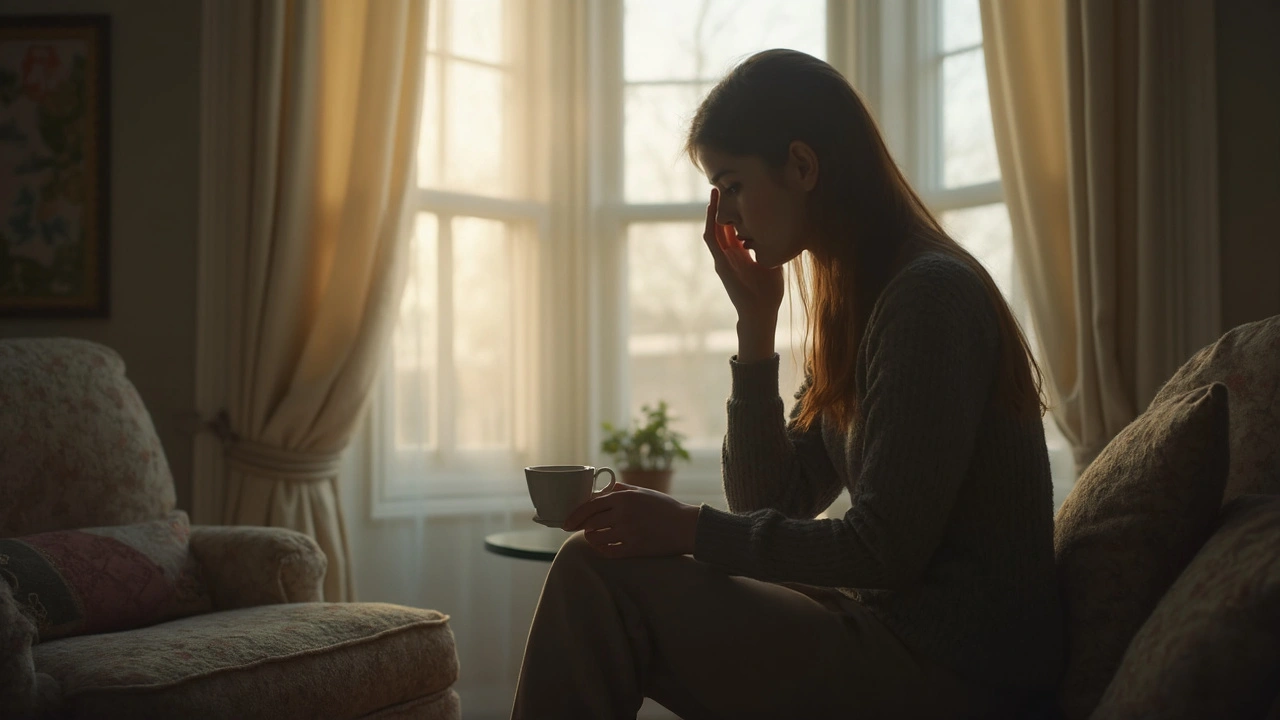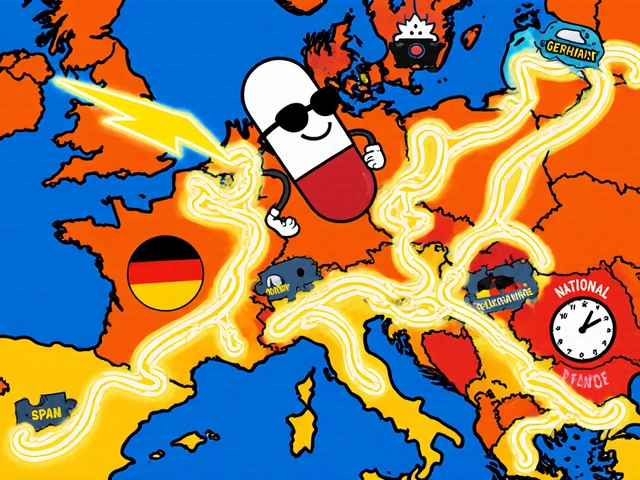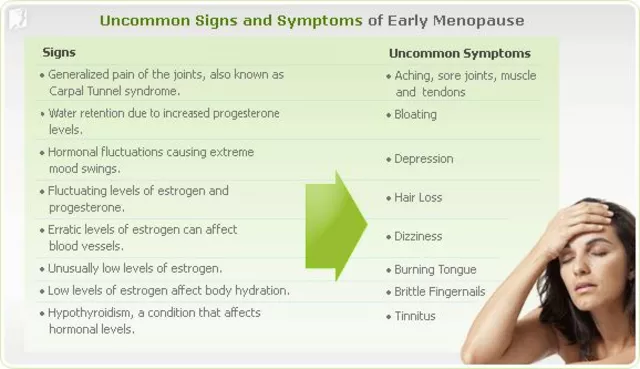Social Pain: Why Rejection Hurts and How to Cope
Feeling left out can sting like a physical wound — that’s social pain. When someone ignores you, your brain treats it similarly to physical hurt. That makes sense: relationships matter. But social pain is more than bad feelings; it shapes choices, health, and how you relate to others.
What social pain feels like
What social pain feels like is easy to miss if you only look at behavior. You might replay an awkward text, lose sleep, or suddenly avoid parties. Sometimes it shows up as anger or as low energy. It can make you question your value. These reactions are normal, not a sign you’re weak.
Social pain can also ramp up old wounds. A small exclusion can trigger memories of past hurt and make the reaction much bigger than the event. That’s why a tiny snub can ruin your day. Recognizing the pattern helps you respond instead of react.
Practical steps to reduce social pain
Practical steps to reduce social pain work better than waiting for feelings to pass. First, name it: say to yourself “this is social pain” and describe what you feel. Naming lowers intensity. Second, use a quick reset: step away for five minutes, breathe, and change the focus to something concrete like a task or a walk. Third, reach out to one trusted person and say something simple — you don’t need to unload everything, just a short check-in. Social connection soothes social pain.
Adjusting expectations helps too. Not every slight deserves a big response. Ask whether the person likely meant harm. Often the answer is no. If the pattern repeats, then address it clearly: set a boundary or share how the behavior affects you. Clear, calm talk stops small slights from growing.
If social pain is chronic, take practical longer-term steps. Build a routine that includes reliably supportive people and activities you enjoy. Regular exercise, enough sleep, and limiting alcohol help emotional recovery. Consider talking with a therapist if pain affects daily life or starts to spill into work or relationships.
Simple communication habits prevent a lot of trouble. When you feel hurt, use “I” statements: “I felt left out when…” That reduces blame and opens a chance for repair. Listen to the other person’s view too — repair needs both sides willing to engage.
Finally, remember you can get better at handling social pain. Practice small exposures: join low-stakes groups, try being the first to say hello, or practice asking for help. These moves rebuild confidence and shrink the shadow of rejection.
Try small scripts when you’re hurt: “I felt excluded earlier, can we talk?” or “That comment made me uncomfortable.” clear lines reduce drama and invite change. Online forums and local groups can help you practice these lines in low-pressure settings. If tech helps, use apps for mood tracking or brief therapy sessions to spot patterns and keep progress on track.
If you want, scan related posts below about anxiety, depression, medication options, and ways to improve social connection. They offer practical tips and real-life examples to help manage social pain day to day.





